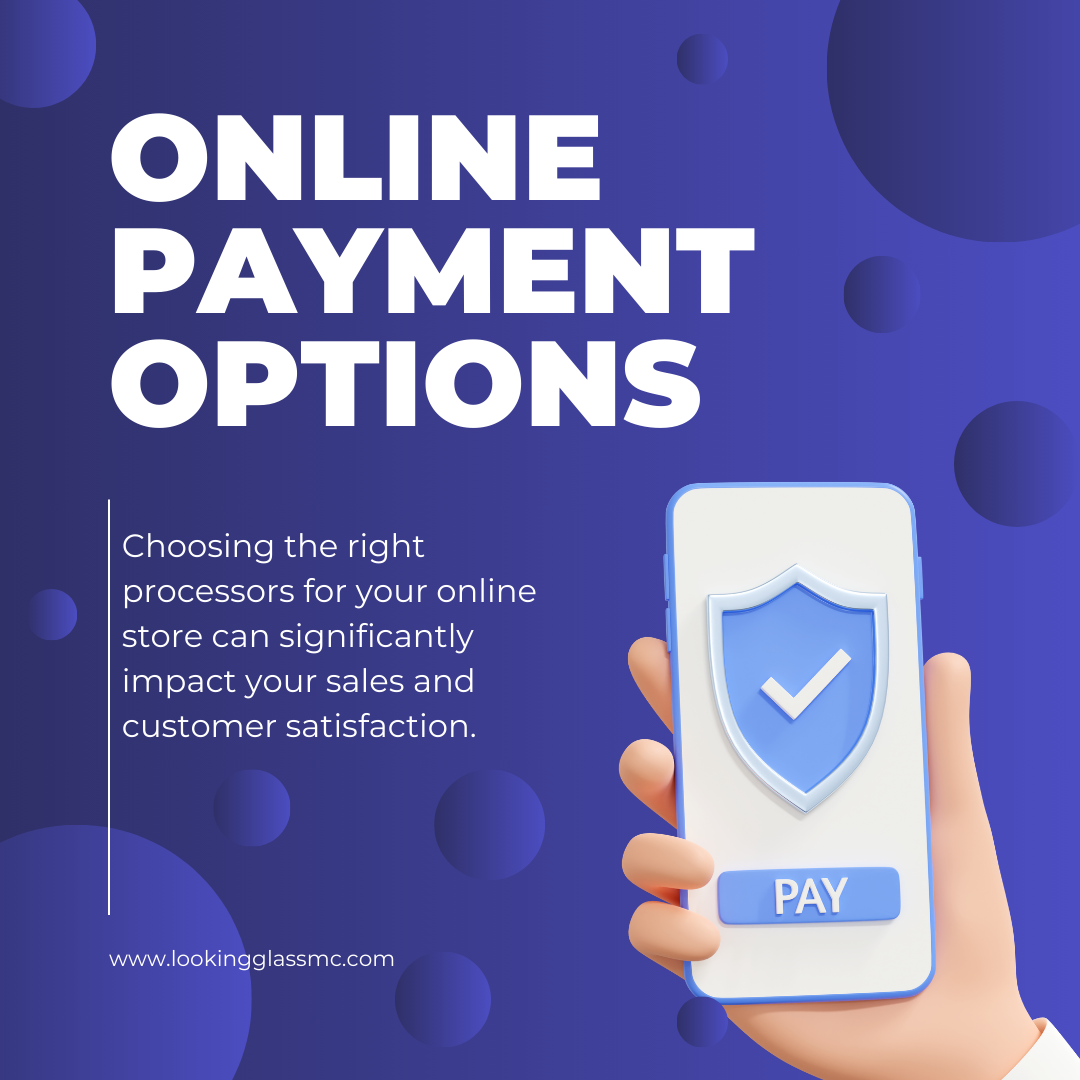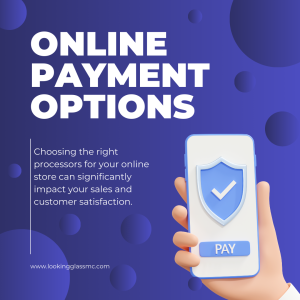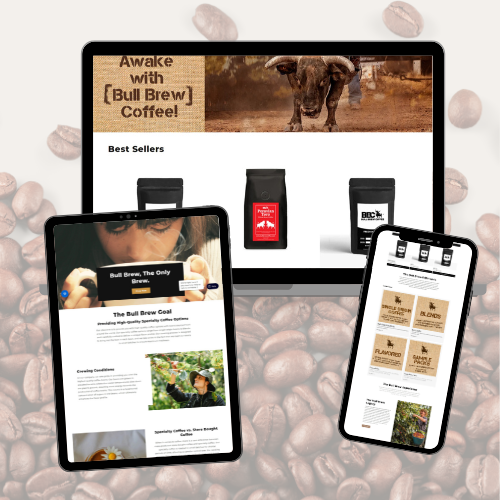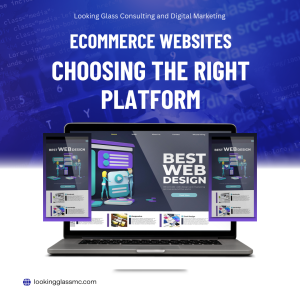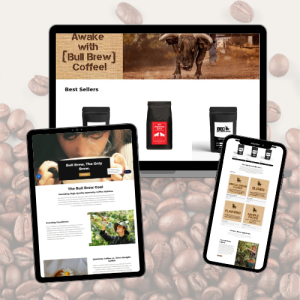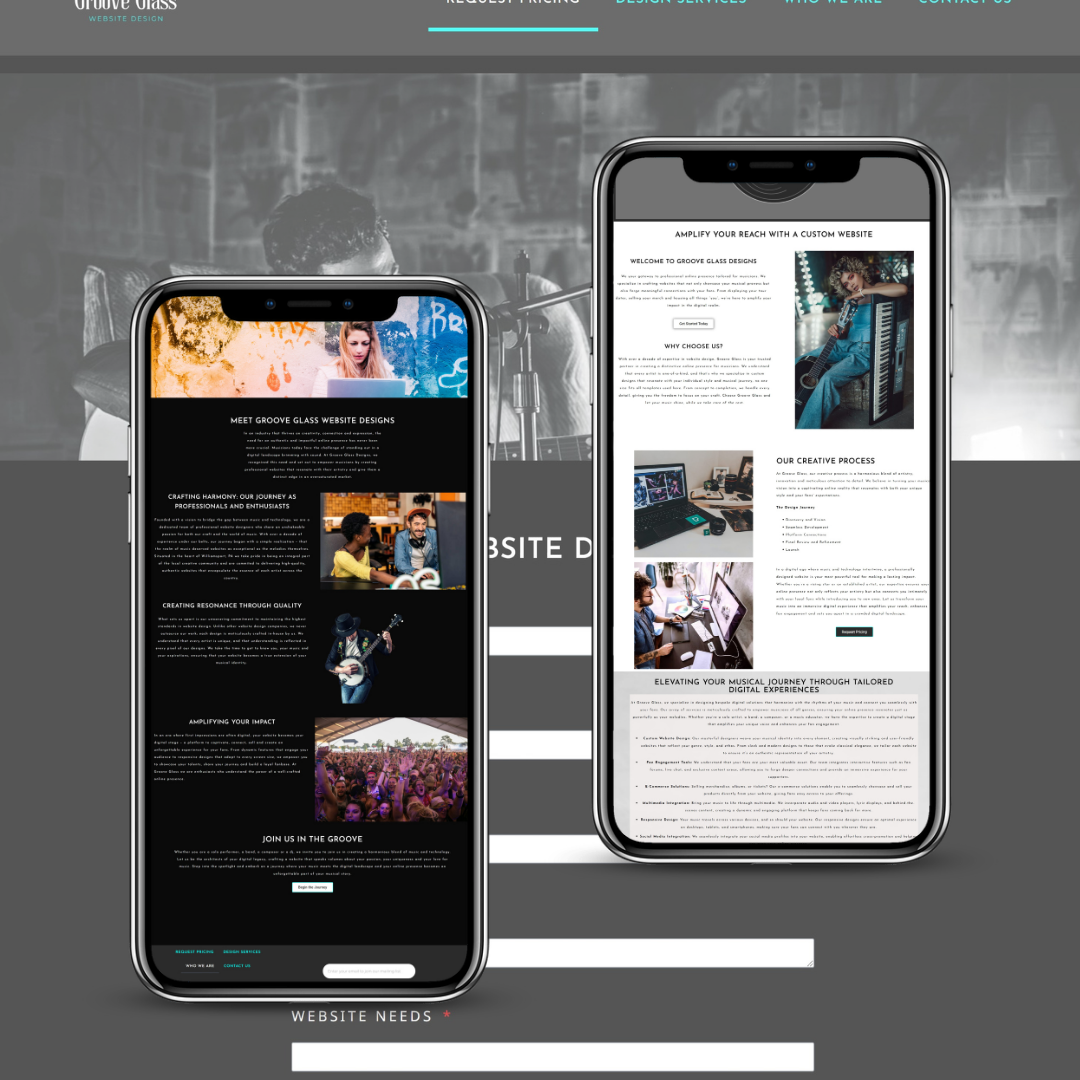
How To Utilize SEMRush
In the world of digital marketing, staying ahead of the competition requires leveraging powerful tools that provide deep insights into your online performance. SEMRush is one such tool, widely recognized for its comprehensive suite of features that aid in search engine optimization (SEO), competitor analysis, keyword research, and more. This blog will explore how to effectively utilize SEMRush to boost your online presence and achieve your marketing goals.
Key Features of SEMRush
Keyword Research: One of SEMRush’s most powerful features is its keyword research tool. This tool helps identify valuable keywords that can drive traffic to your site. By analyzing search volume, keyword difficulty, and competition, you can choose the best keywords to target.
Competitor Analysis: SEMRush allows you to gain insights into your competitors’ strategies. You can see which keywords they are ranking for, their backlink profiles, and their overall traffic trends. This information can inform your own strategies and help you identify opportunities to outperform them.
Site Audit: The site audit feature helps you identify and fix issues that may be hindering your site’s performance. From broken links to slow loading times, SEMRush provides detailed reports and recommendations to improve your site’s health and SEO.
Backlink Analysis: Understanding your backlink profile is crucial for SEO. SEMRush provides detailed information on your backlinks, including the quality and source of each link. You can also monitor new and lost backlinks over time.
Content Optimization: SEMRush offers tools to help optimize your content for better search performance. From on-page SEO recommendations to topic research, these features ensure your content is aligned with SEO best practices.
How to Use SEMRush
Step-by-Step Guide for Beginners:
-
Set Up Your Account:
- Sign up for SEMRush and choose a plan that fits your needs.
- Set up your project by entering your website’s URL and selecting your target country.
-
Conduct Keyword Research:
- Use the Keyword Overview tool to find relevant keywords.
- Analyze search volume, keyword difficulty, and competition.
- Create a list of target keywords for your content.
-
Perform a Site Audit:
- Run a site audit to identify technical SEO issues.
- Review the audit report and follow the recommendations to fix issues.
-
Analyze Competitors:
- Enter your competitor’s URL in the Domain Overview tool.
- Review their top keywords, traffic sources, and backlink profile.
- Identify gaps and opportunities to improve your own strategy.
-
Optimize Your Content:
- Use the SEO Content Template to optimize your existing content.
- Follow on-page SEO recommendations and incorporate target keywords.
Tips and Tricks for Advanced Users:
- Use the Position Tracking tool to monitor your keyword rankings over time.
- Set up alerts to track new backlinks and competitor activities.
- Utilize the Social Media Toolkit to manage and analyze your social media campaigns.
Benefits of Using SEMRush
Improved SEO Performance: SEMRush provides comprehensive data and recommendations that help improve your website’s SEO. By addressing technical issues, optimizing content, and targeting the right keywords, you can enhance your search engine rankings.
Data-Driven Insights: SEMRush offers detailed reports and analytics that enable you to make informed decisions. Whether you’re analyzing competitors or monitoring your own performance, the data provided by SEMRush is invaluable.
Competitive Advantage: Understanding your competitors’ strategies gives you a significant edge. SEMRush allows you to see what’s working for them and adapt your own tactics accordingly, helping you stay ahead in the competitive landscape.
Common Pitfalls
Misinterpreting Data: With so much data available, it’s easy to misinterpret the information. Ensure you understand the metrics and what they mean for your strategy.
Over-Reliance on Tools: While SEMRush is a powerful tool, it’s important to combine its insights with your own expertise and intuition. Don’t rely solely on the tool to make decisions.
SEMRush Overview
-
Key Features:
- Keyword tracking
- Competitor analysis
- Site audit
- Backlink analysis
- Content optimization
-
Benefits:
- Better rankings
- Increased traffic
- Informed strategies
Conclusion
SEMRush is an indispensable tool for businesses looking to enhance their online presence. Its comprehensive features provide valuable insights and actionable recommendations that can significantly improve your SEO and digital marketing efforts. By leveraging SEMRush, you can stay ahead of the competition and drive more traffic to your site.
Ready to take your digital marketing to the next level with SEMRush? Contact Looking Glass Consulting and Digital Marketing for expert guidance on maximizing the potential of this powerful tool. Our team is here to help you navigate SEMRush’s features and implement SEO strategies that deliver results.


